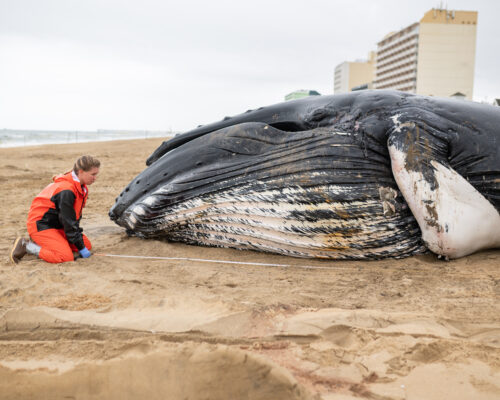Two weeks ago we reported on tighter crabbing limits proposed in Maryland prompted by historic low numbers in the Bay’s winter dredge survey.
This week, both Maryland and Virginia adopted new catch limits for our prized blue crab. On Tuesday, the Virginia Marine Resources Commission extended lower harvest limits for spring crab pot season and dropped the limit for the fall crab pot fishery, as well. They haven’t changed limits for recreational crabbers.
The Maryland Department of Natural Resources made changes to both commercial and recreational crabbing. Recreational crabbers may catch one bushel of males per day, rather than two. And for the first time, commercial watermen must follow a bushel limit on males from August 1-September 30. For July, and from October 1- November 30, there are no limits on males.
The changes in both states aren’t too surprising given the results of the 2021-2022 winter dredge survey, which measures crab abundance in all corners of the Bay. The total crab count was 227 million, the lowest number since the survey began in 1990. And abundance of males was also at a record low.
As Bay Bulletin reported, watermen are going to feel the pinch of bushel limits, especially when combined with factors like sky-high fuel prices.
But environmentalists are encouraged by the two states’ efforts to help the overall crab population rebound. Allison Colden, the Chesapeake Bay Foundation’s Maryland Senior Fisheries Scientist, says in a statement:
“These modest changes to crab harvest limits will help ensure harvest rates do not exceed levels that could threaten the crab population. And, for the first time ever, Maryland is placing bushel limits on male crabs in a change that underscores the need to boost overall reproduction.”
She goes on to call the fishery changes only a “first step,” saying, “We must also address the many factors threatening Chesapeake blue crabs, including poor water quality, loss of key habitat such as underwater grasses, and the proliferation of blue catfish and other invasive predators.”
The Bay Foundation favors targeted research into those factors, along with a new comprehensive stock assessment to better understand the Bay’s crab population and how to manage it.
-Meg Walburn Viviano


